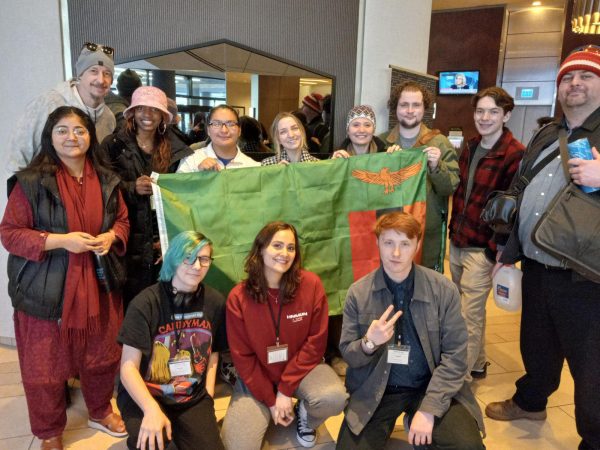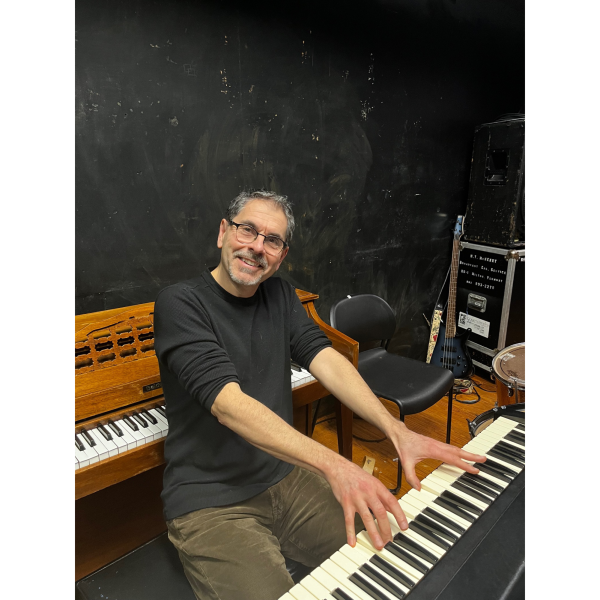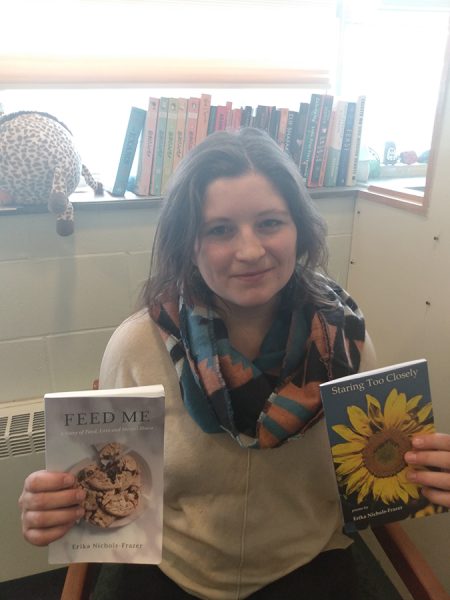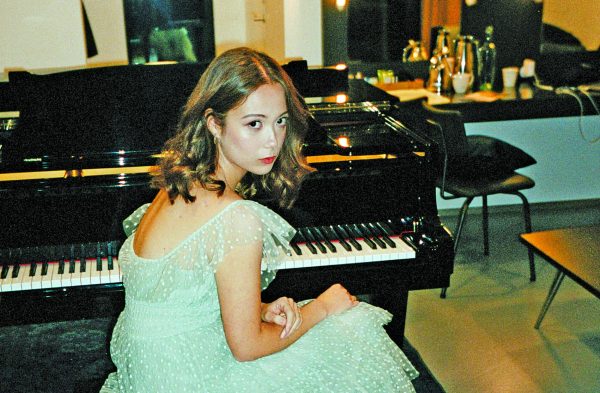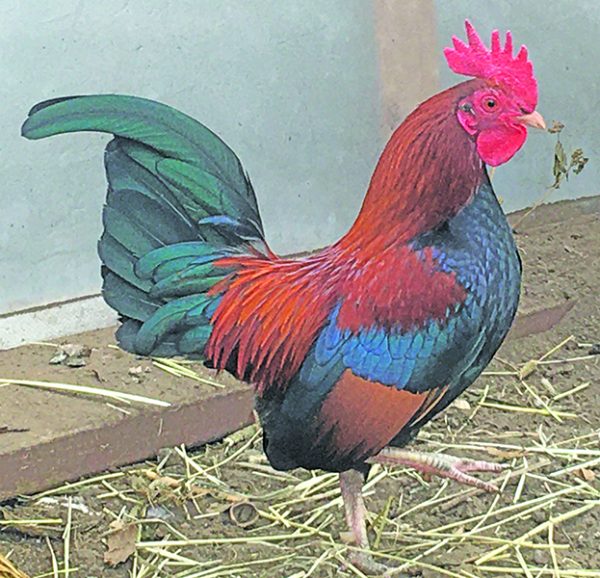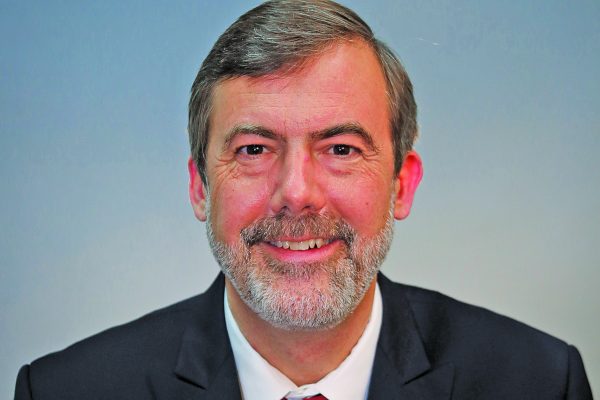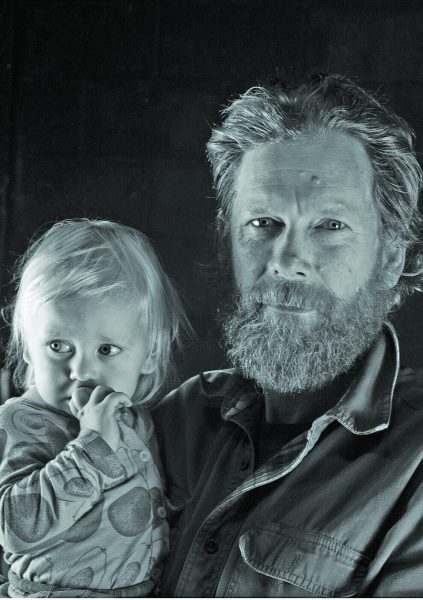Deceased albatrosses expose diseased ecosystem
The Julian Scott Gallery in Dibden Center for the Arts opened a shocking exhibit on Sept. 29. It focused on the effects of environmental degradation in the Pacific Ocean.
“The Midway: Message from the Gyre” is both a photography project and soon-to-be movie by Chris Jordan, an artist based in Seattle.
To make a comprehensible statement, Jordan interprets statistics in his work. This way, people can better understand these large numbers as visuals, instead of trying to imagine them. However, instead of looking at the whole, he focuses on each subject individually.
An afternoon discussion was held in the gallery on Oct. 16 about the project and how it relates to business.
Leila Bandar, the gallery’s director, and Professor of Business and Economics Todd Comen, spoke about the exhibit.
“This work is powerful,” Bandar said at the beginning of the presentation. 10 photographs temporarily inhabit the room, courtesy of the Miller Yezerski Gallery and Robert Klein Gallery in Boston, which represent the artist.
Each photograph shows a deceased albatross. Most of them are decomposed to expose their insides, which are filled with deadly plastic and similar toxins.
“There are drifts of plastic in the ocean that are washing up on this island,” Bandar said.
The Midway Islands are located almost directly in the middle of the Pacific Ocean, trailing the western end of Hawaii’s chain.
A four-minute trailer of the movie was played on screen in the gallery. The cinematography captured the liveliness of the birds on the island, but also their last moments of life suffering from the internal, physical pain of pollution.
After the movie trailer finished, Bandar introduced Comen to the silent crowd of art students and interested spectators.
“We need to change our ways; otherwise nature will change the way we live anyway…” Comen said. “Nobody intended for the toothbrush to end up in the gullet of an albatross baby.”
Comen’s research focuses on sustainability in agriculture and business. He talked a lot about the possible ideas of making materials that are more eco-friendly, so tragedies like animals dying from the garbage we discard won’t happen.
He mentioned key concepts for the audience to ponder such as The Commons (shared natural resources), unintended consequences, shared responsibility and a new paradigm for business.
“Business has to be part of the solution,” Comen said. “It’s going to cost a little more, but consumers have to step up to the plate and be willing to spend more money if they want to buy environmentally responsible products.”
Waste management is a huge part of the problem with big industries like hospitality, so finding a solution to cut down on material consumption of non-biodegradable products, and investing in goods that are ecological is something businesses need.
“We have to be willing to take a risk and pay more,” Comen said. “Just think if everything we made was like the apple.” He admitted the idea was highly unlikely, but said the concept was wondrous.
Towards the end of the discussion, time was left to answer any questions and reflect on the presentation.
Bandar asked aloud if the project is too powerful or hard to talk about.
One student responded with, “I don’t think that it should be put under a category of too hard to talk about or not because it’s realistic.”
Comen agreed, noting, “We need to look at the difficult questions, whether it’s social questions or environmental questions, and art’s one great way of doing that.”


